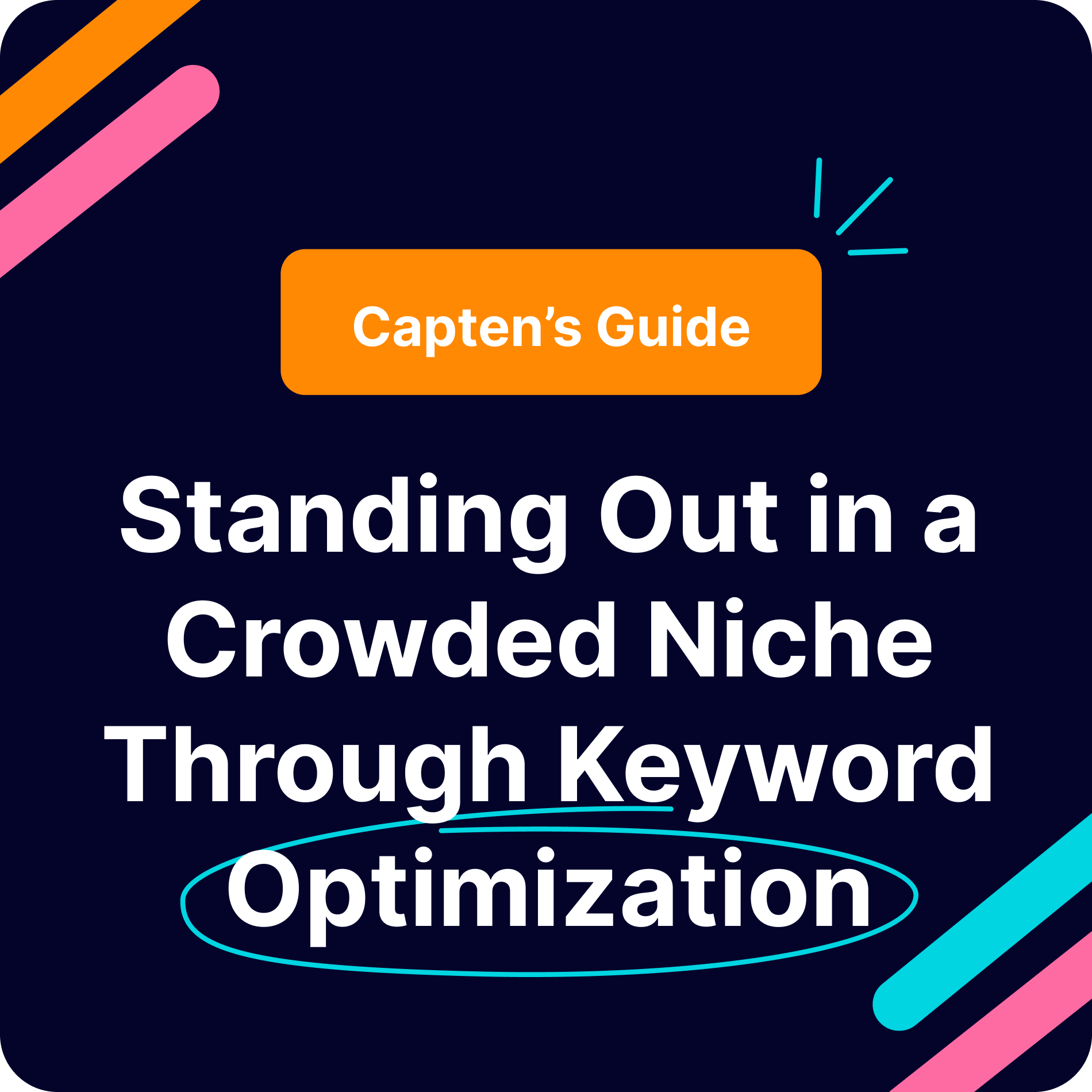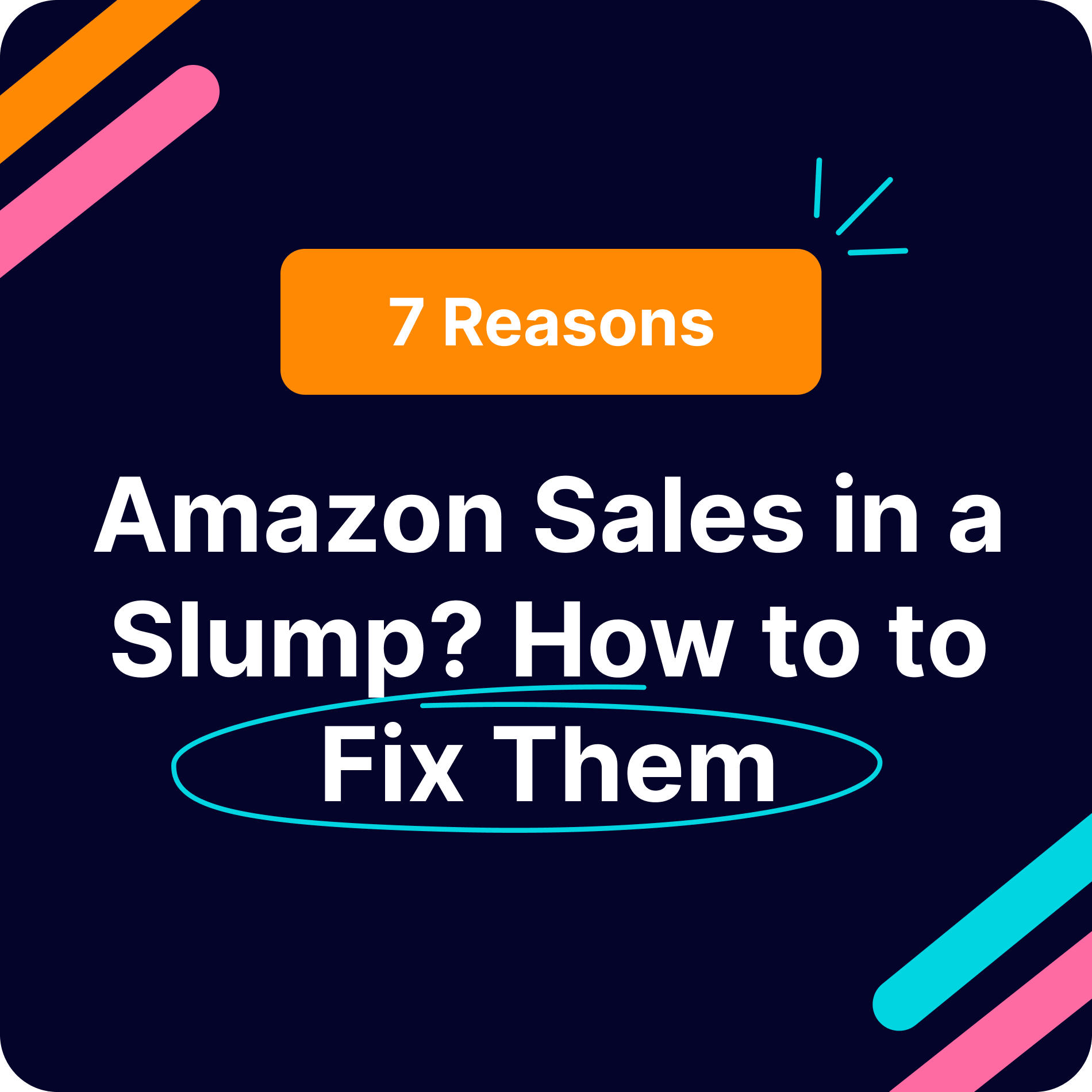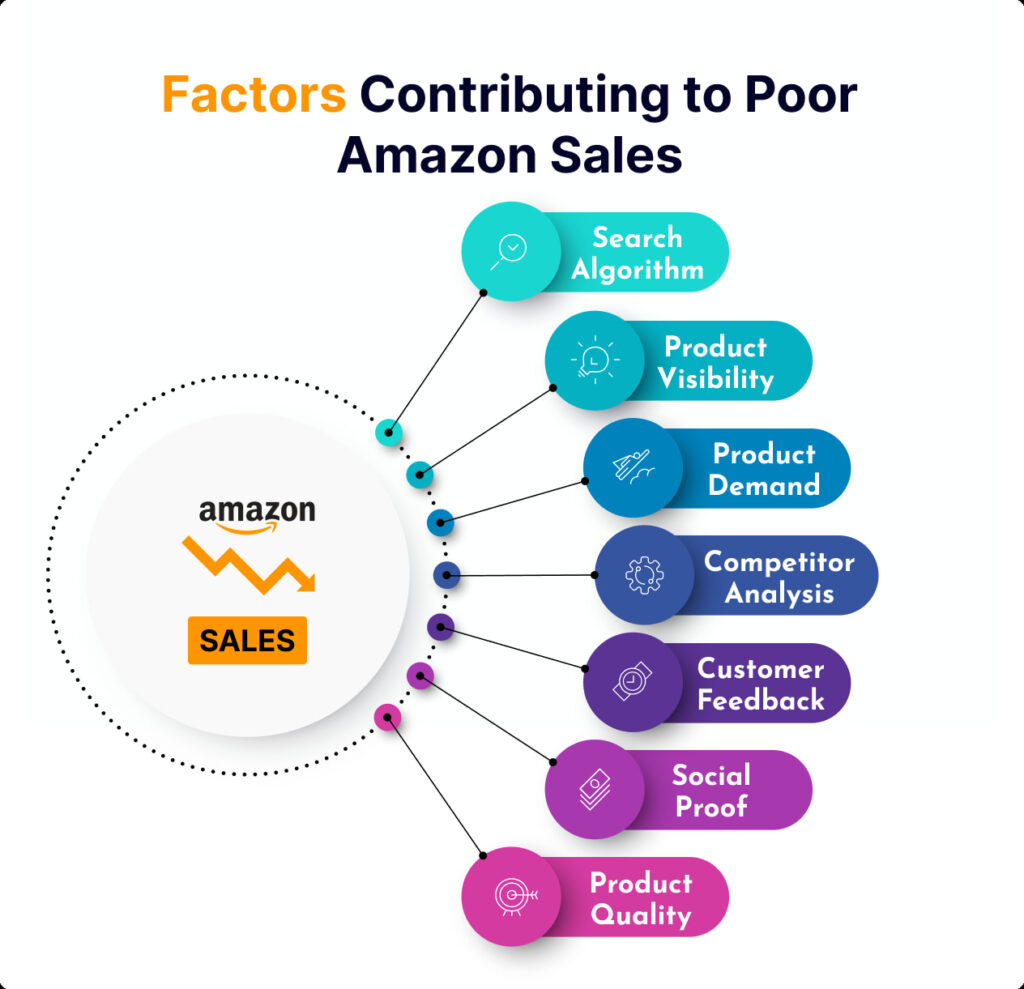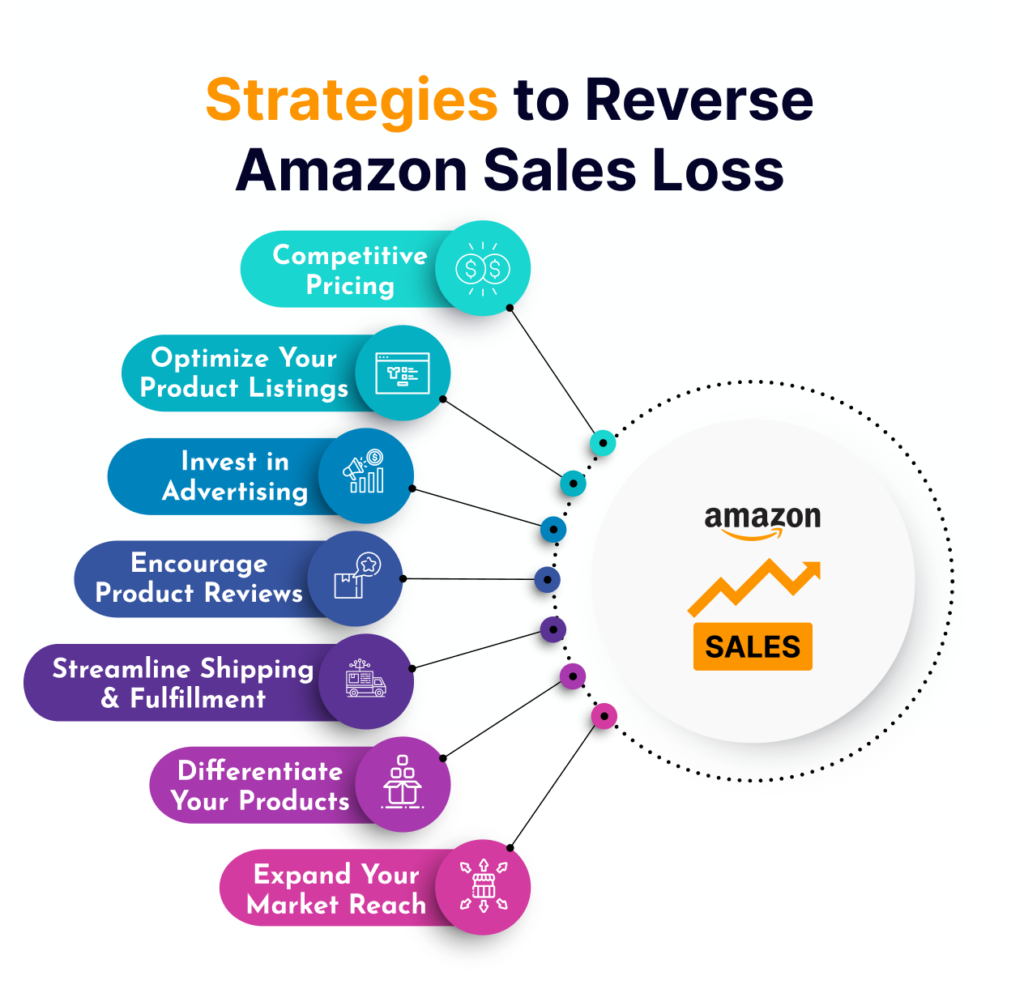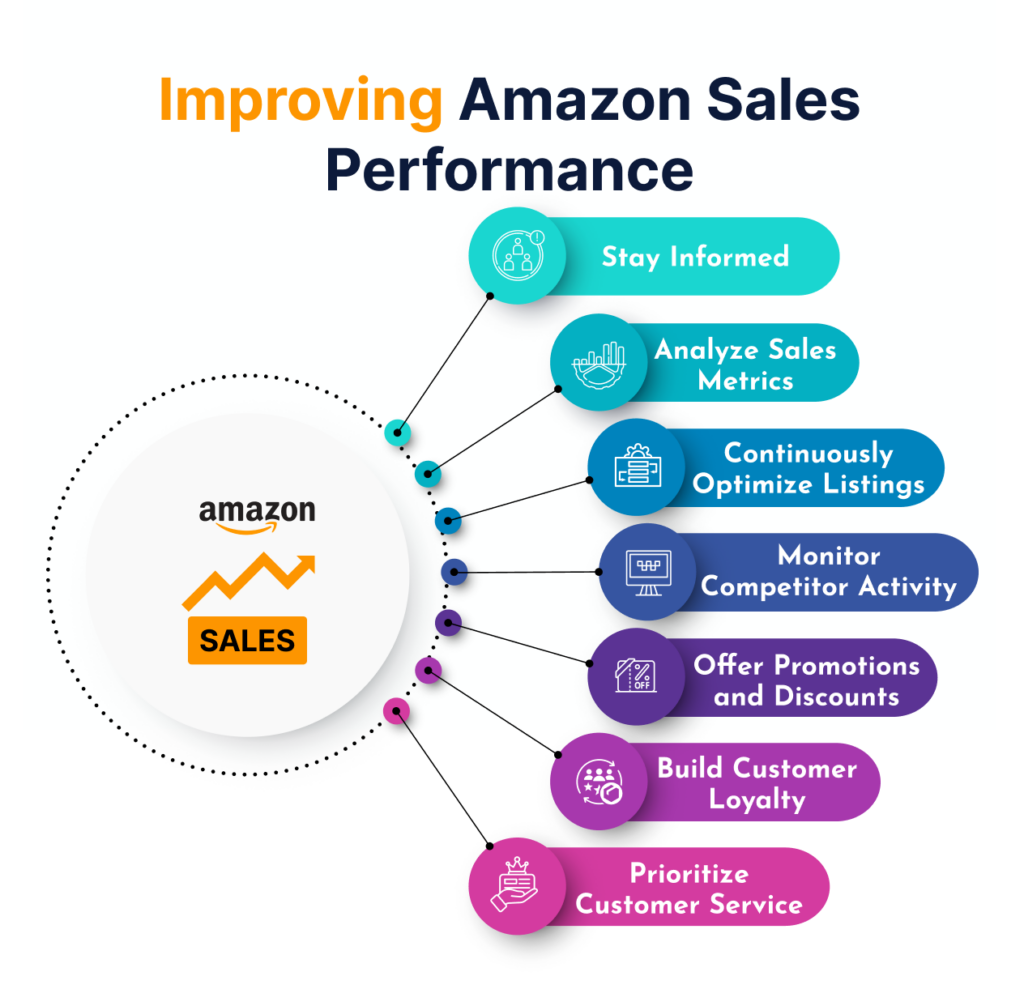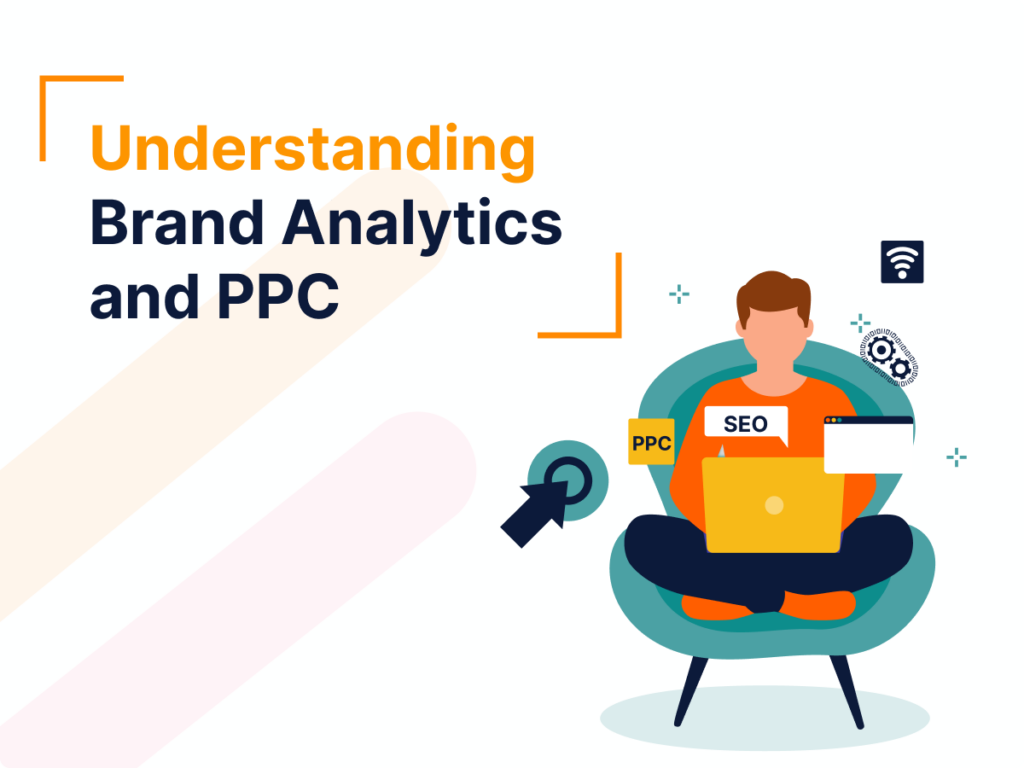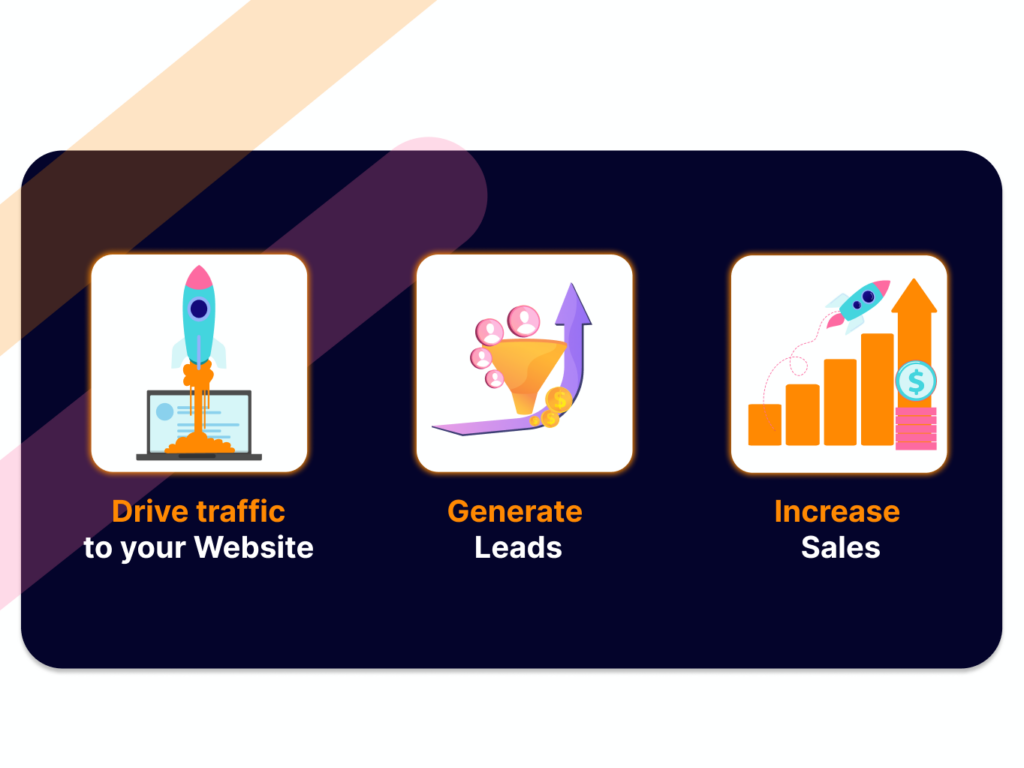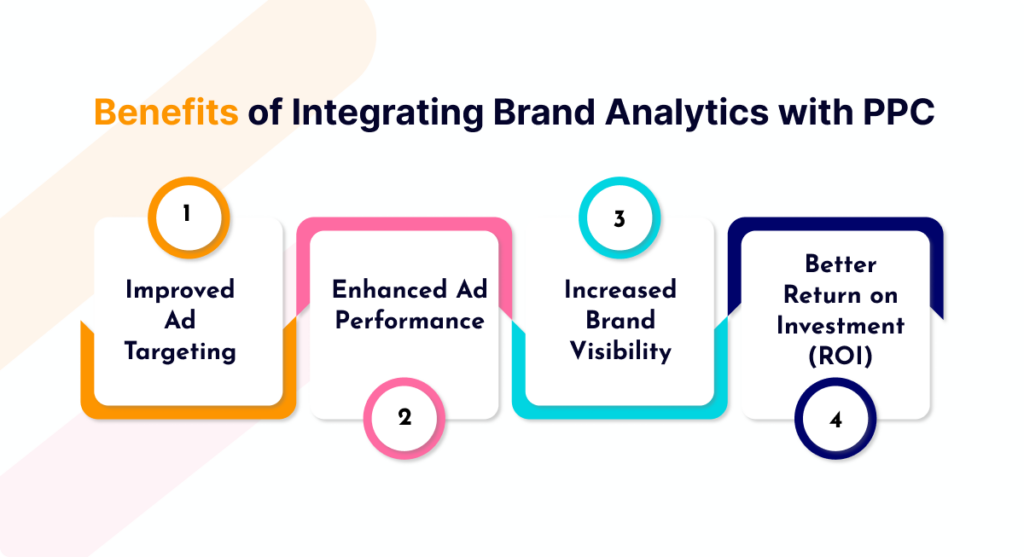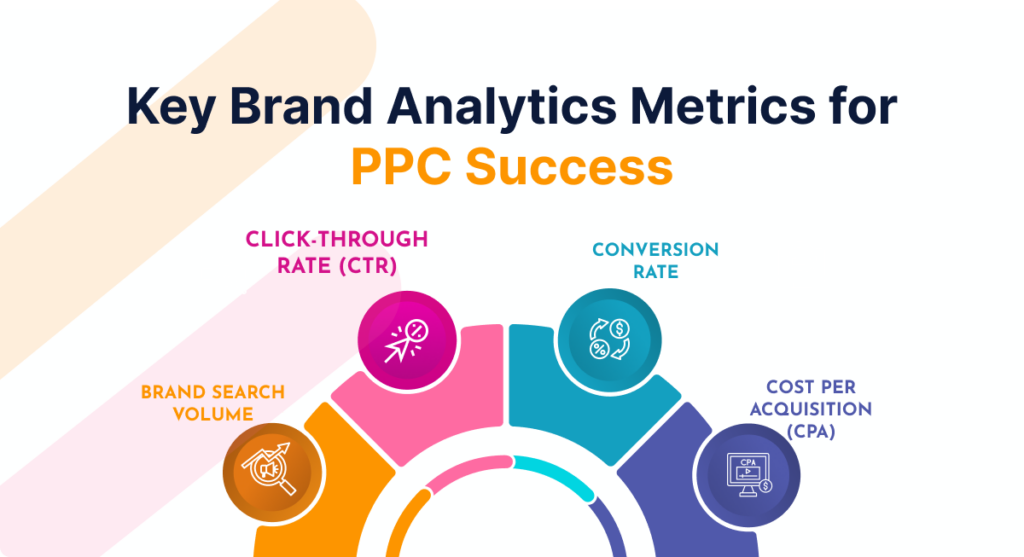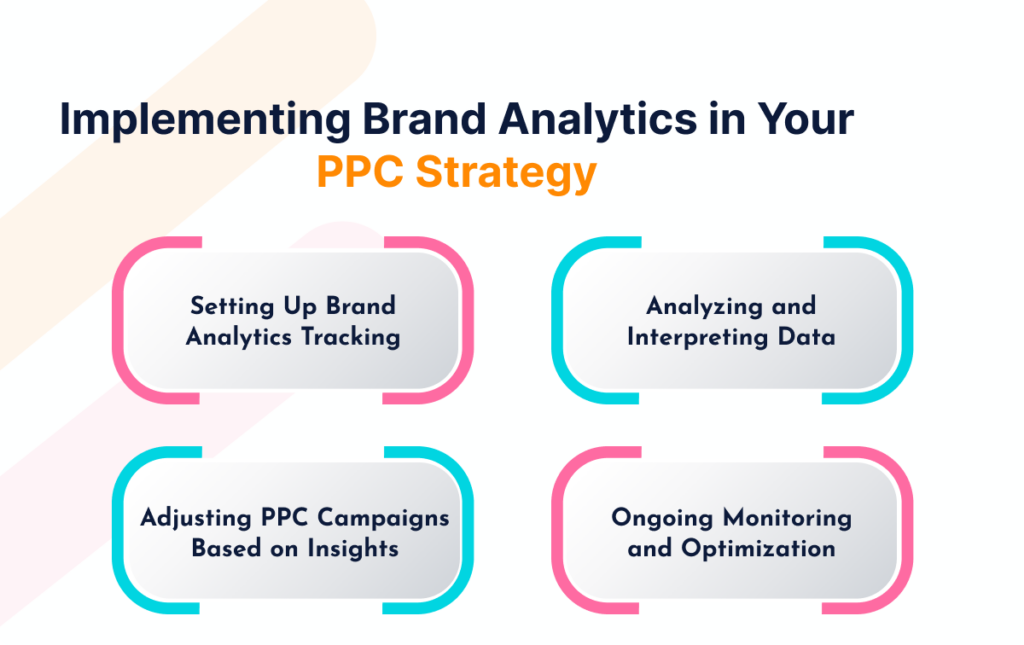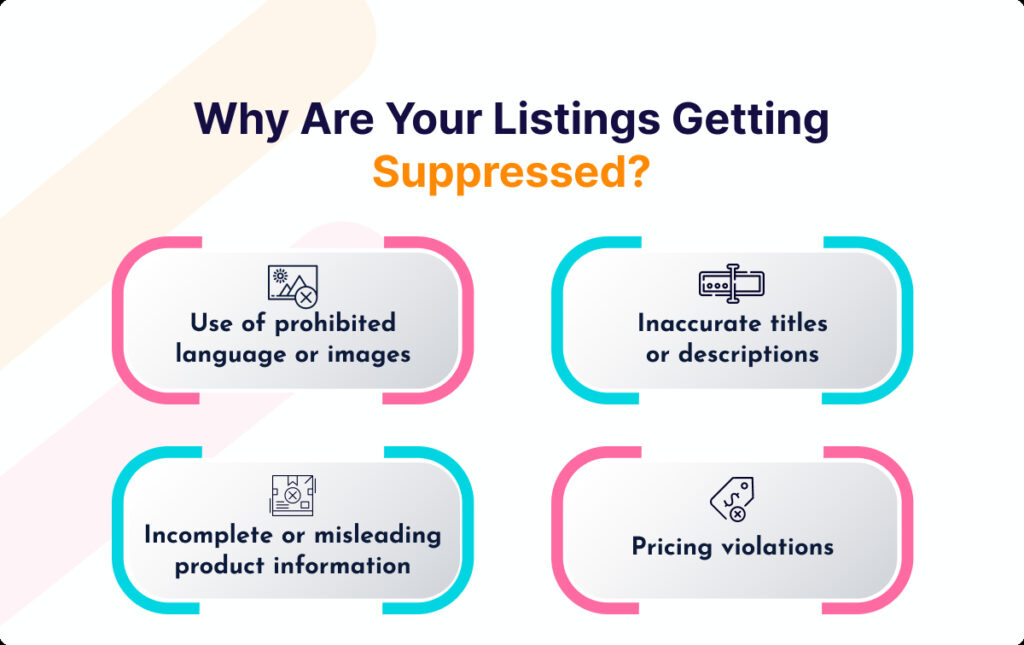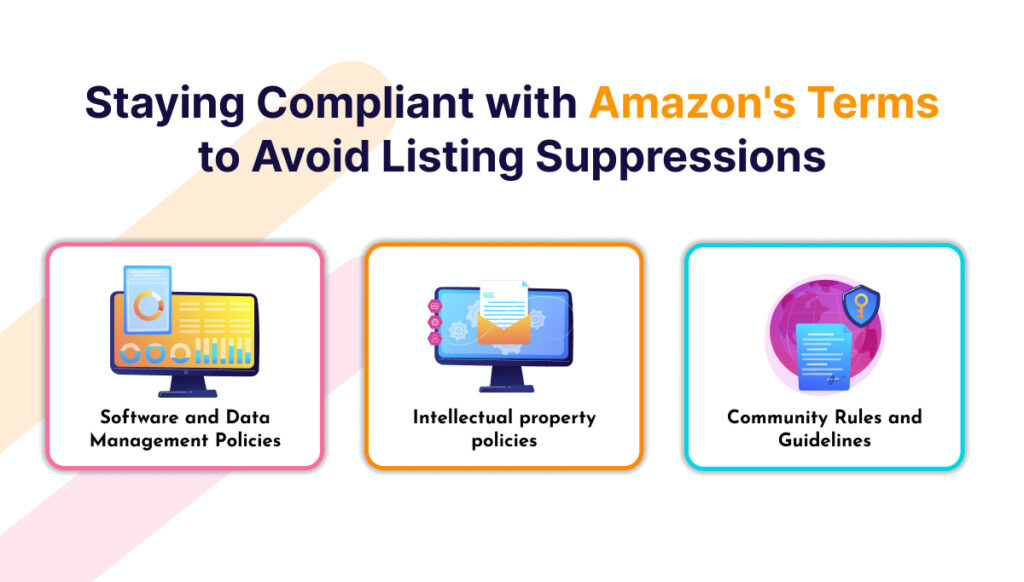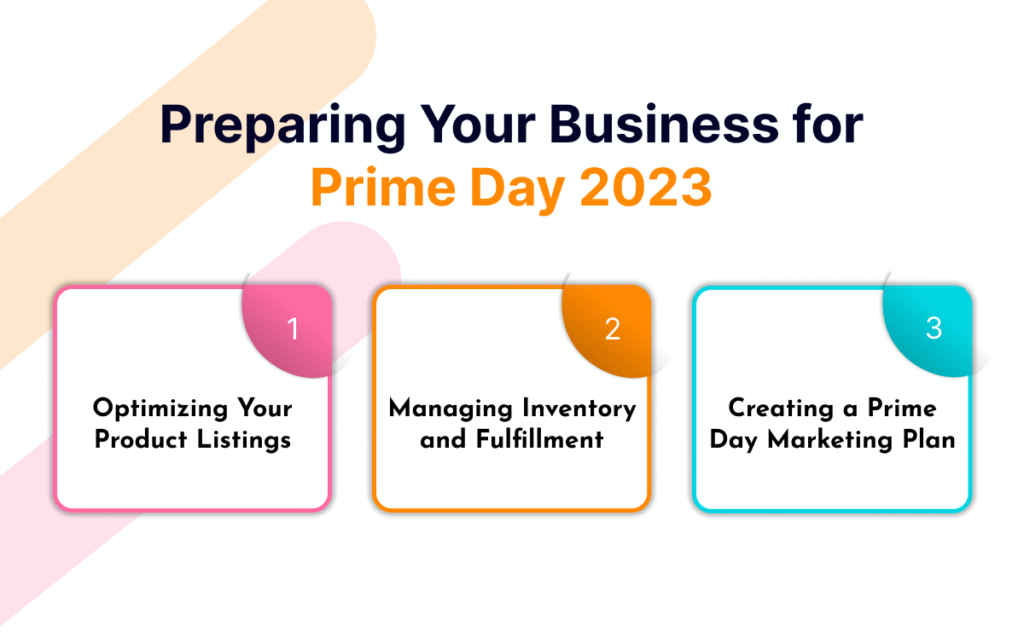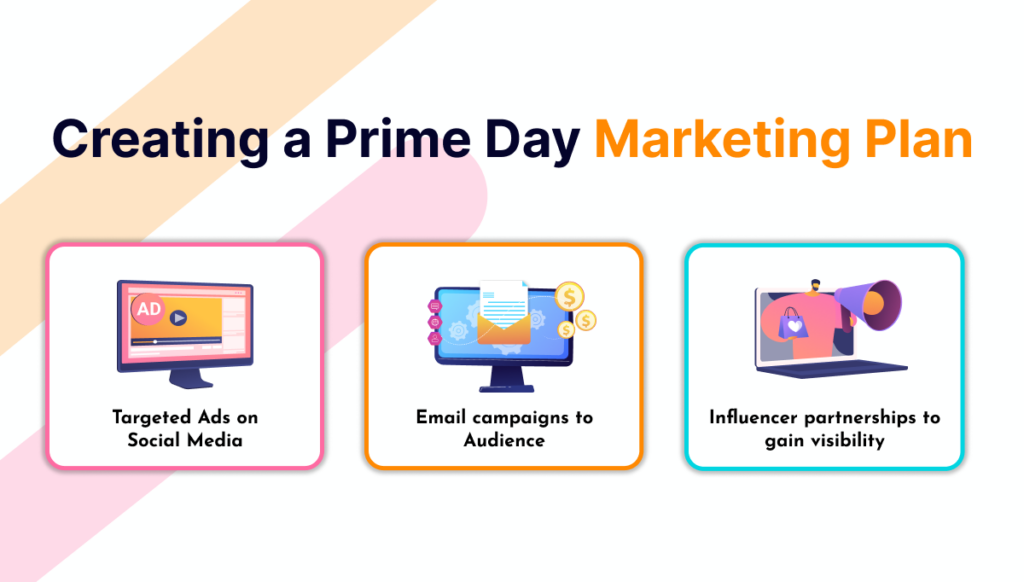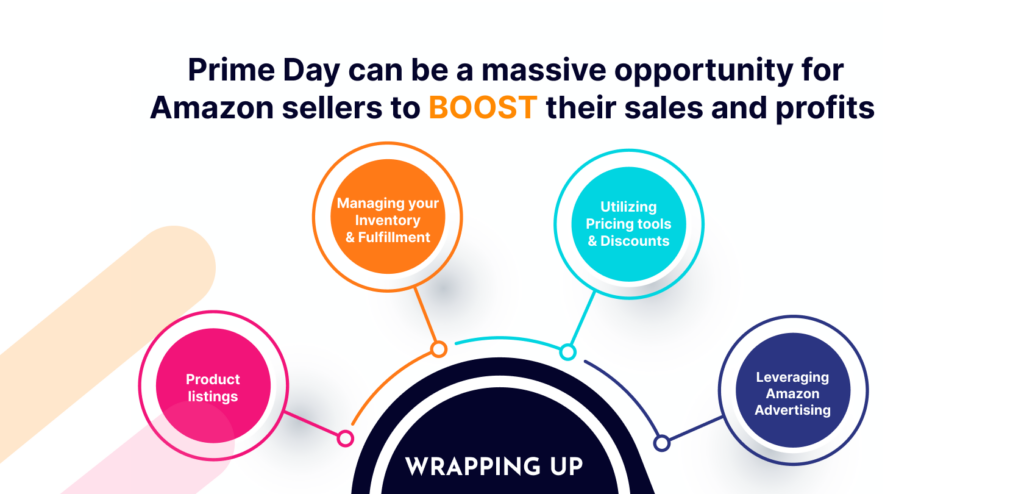
Struggling to make your mark in a crowded market?
Tired of screaming into the void and getting drowned out by the competition?
Well, Captens might just have the perfect solution to help your brand cut through the noise and shine brightly, especially in Competitive Niches, all thanks to the power of strategic keyword optimization!
Understanding Competitive Niches
A competitive niche refers to a highly specialized segment of a market characterized by a significant presence of competing brands or products.
His often leads to intense competition for a relatively small pool of customers.
High product quality, brand recognition, and premium pricing are common traits in these niches, posing challenges for businesses trying to penetrate or grow within them.
The Importance of Strategic Keyword Optimization in a Competitive Niche
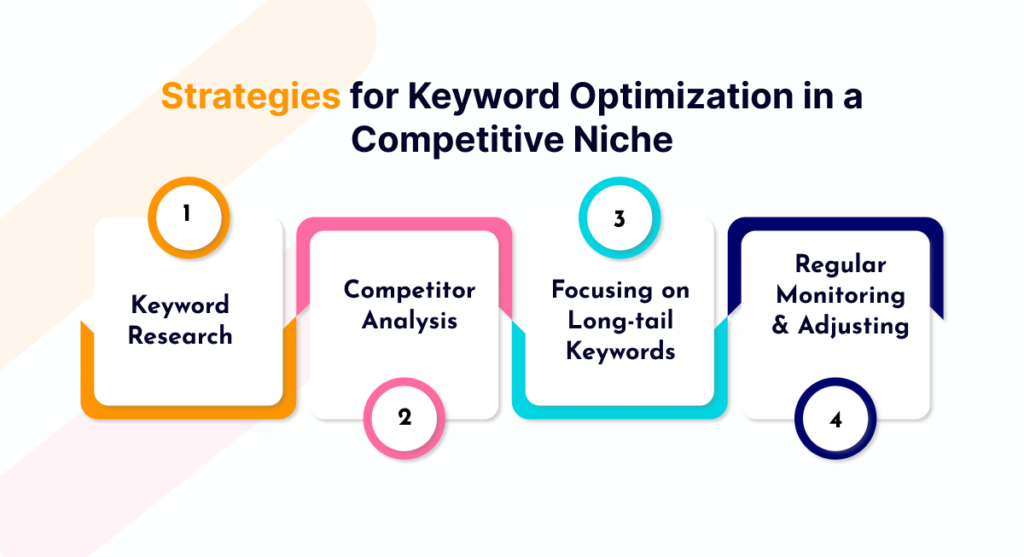
Strategic keyword optimization becomes vital in such competitive scenarios.
It is an integral part of Search Engine Optimization (SEO) that helps businesses improve:
- Their online visibility
- Reach their target audience effectively
- Stand out in crowded marketplaces
By identifying and implementing highly relevant keywords in their digital content, brands can attract more targeted traffic to their websites, enhance customer engagement, and, ultimately, drive conversions and sales.
Strategies for keyword optimization in a competitive niche include:
- Thorough keyword research
This involves studying your industry, understanding your audience’s language and search behavior, and using keyword research tools to identify potentially profitable keywords.
- Competitor analysis
By analyzing what keywords your competitors are ranking for, you can gain insights into what your target audience is searching for and identify gaps in your own keyword strategy.
- Focusing on long-tail keywords
These are more specific, less common keywords that can drive highly targeted traffic to your website. They are also typically less competitive, making them easier to rank for.
- Regular monitoring and adjusting
SEO is not a set-it-and-forget-it strategy. It’s essential to continuously monitor your keyword performance and adjust your strategy as needed.
Now, let’s delve into how Captens utilized these concepts and implemented strategic keyword optimization to help an Outdoor Apparel brand stand out in its competitive niche.
Success Story: How Captens Boosted 15x ROAS
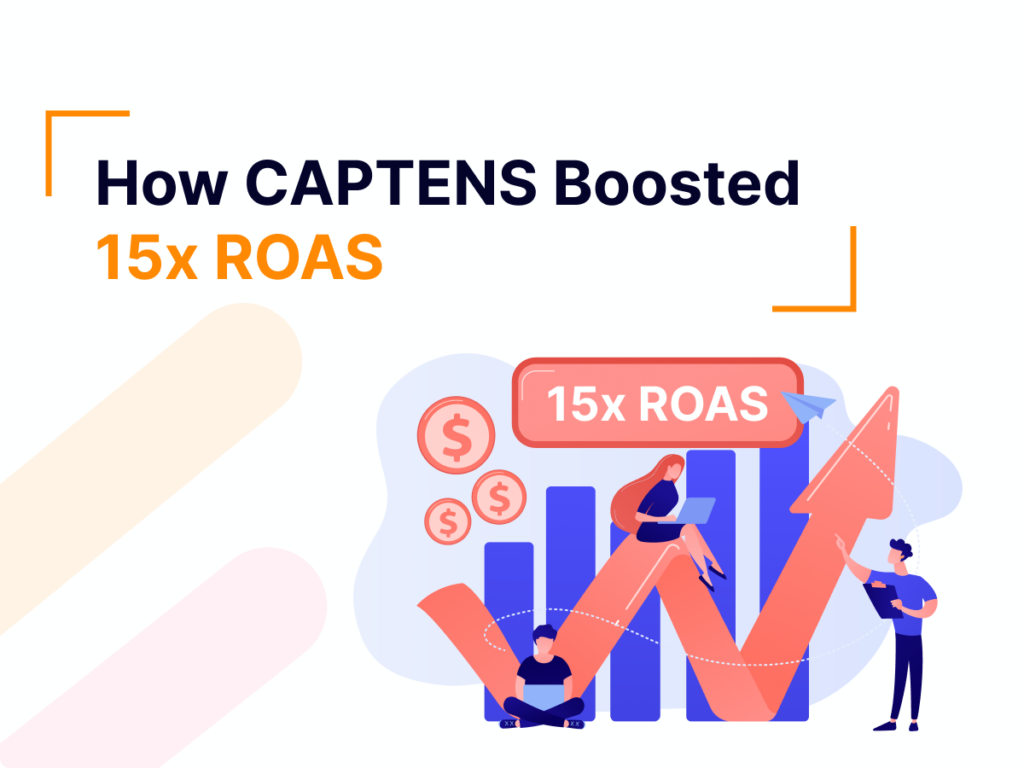
Captens was approached by an Outdoor Apparel brand grappling with limitations inherent to niche markets.
The client, operating in a tight, specialized segment of the apparel industry, faced significant challenges with customer reach, demand generation, and sales growth.
Challenges Faced
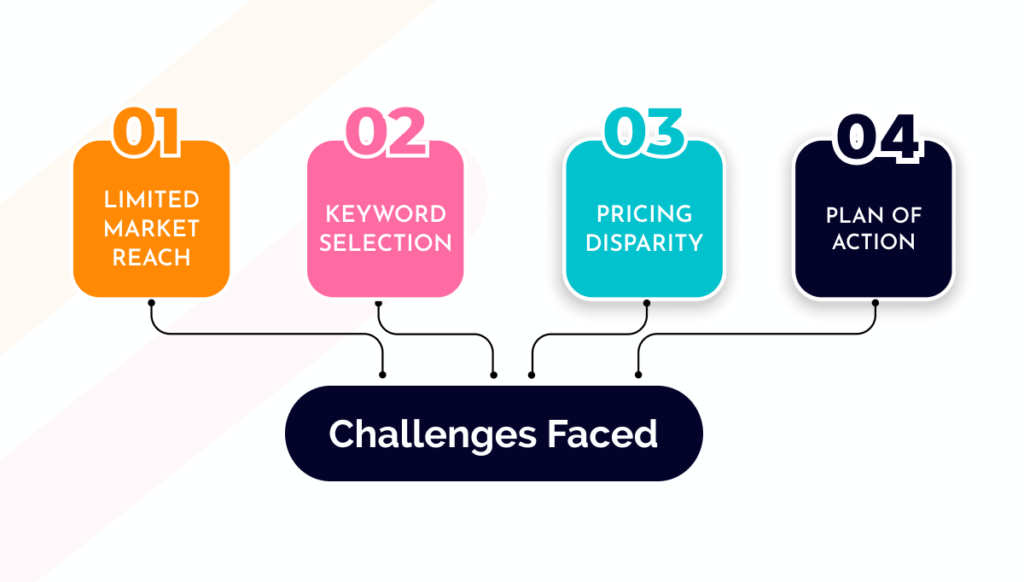
Navigating a niche market often comes with its share of obstacles. For this Outdoor Apparel brand, the hurdles were manifold:
- Limited Market Reach
As a brand offering niche products, the client had a restricted customer base. This constraint severely curtailed their potential for sales expansion and inhibited efforts to elevate their brand visibility.
- Keyword Selection
The nature of their business brought with it the challenge of semi-relevant keywords. Despite utilizing Search Query Performance (SQP), the task of identifying and selecting highly relevant and effective keywords was daunting.
Getting this right was crucial to drive targeted traffic and to maximize Return on Investment (ROI).
- Pricing Disparity
Another hurdle was the client’s pricing policy. Their products were priced at a premium – 45% higher than the average market rate, potentially discouraging prospective customers.
Striking a balance between being price competitive while maintaining profitability presented a delicate task.
- Plan of Action
To address these issues and boost growth, Captens formulated a comprehensive plan centered around four key strategies:
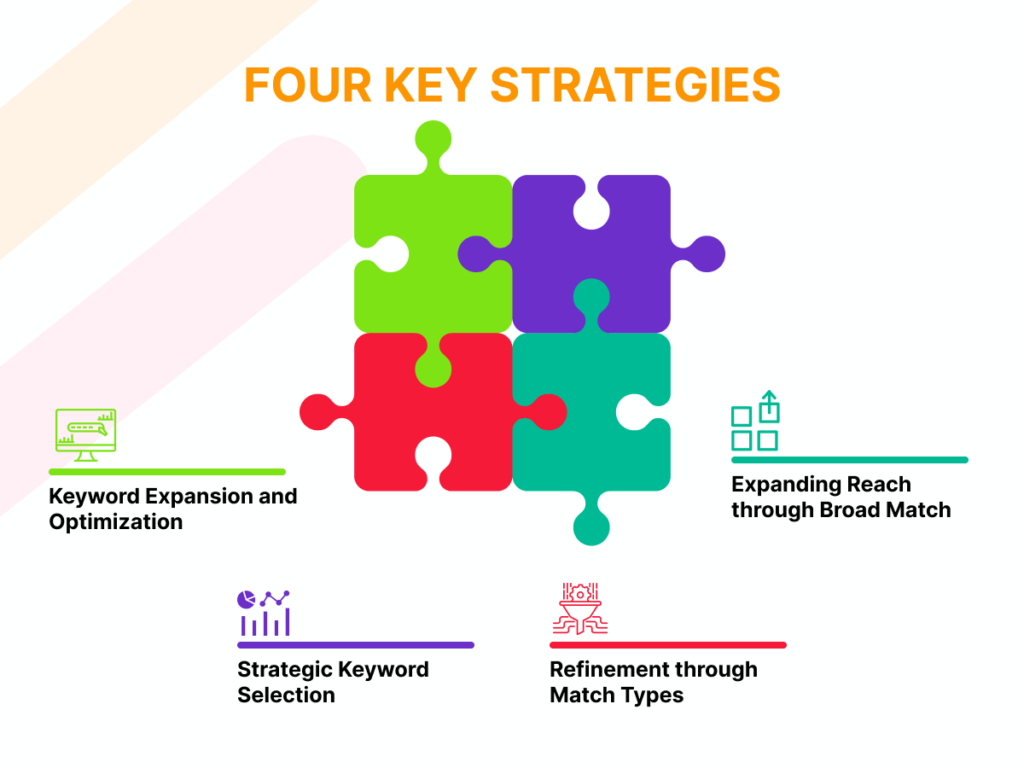
- Keyword Expansion and Optimization
Using SQP reports and Business Analytics (BA), Captens developed a meticulous approach to pinpoint potential sales sources and uncover hidden keyword opportunities. This was crucial in a market with limited relevant keywords and low search volume.
2. Strategic Keyword Selection
By analyzing competitor data, the agency identified keywords with significant click share. Aligning advertising campaigns with these keywords led to promising results during the initial testing phase.
3. Refinement through Match Types
The agency tested identified keywords using Phrase match to discover successful long-tail search keywords.
This provided valuable insights into customer search behavior. The successful terms were then transitioned to Exact Match for increased targeting precision and ad relevance.
4. Expanding Reach through Broad Match
To maximize reach and discover more relevant search terms, Captens shifted keywords from Phrase match to Broad match. The aim was to scale advertising efforts and reach a wider audience base.
Results We Brought
After implementing the strategic keyword optimization plan, the client saw significant improvements in sales performance within just a 15-day period.
Before onboarding with Captens, the client had a total sales figure of $6,840, an Advertising Cost of Sales (ACoS) of 19.55%, and a Return on Advertising Spend (ROAS) of 5.12.
However, by the 15th day of the first-month post-onboarding, total sales had slightly decreased to $6,427, but the ACoS had dramatically fallen to 6.74%, and the ROAS had skyrocketed to 14.85.
The remarkable reduction in ACoS from 19.55% to 6.74% indicated a notable increase in the efficiency of ad spend allocation.
Moreover, the considerable improvement in ROAS from 5.12 to 14.85 showcased the effectiveness of Captens’ keyword optimization strategy in driving higher revenue from advertising investments.
Captens’ strategic approach to tackling the challenges of operating in a niche market through powerful keyword optimization underscores the importance of precise keyword selection, continual refinement, and strategic audience targeting.
By tailoring a comprehensive strategy around these principles, businesses in niche markets can achieve significant growth and visibility, even in the face of stiff competition and challenging market dynamics.
